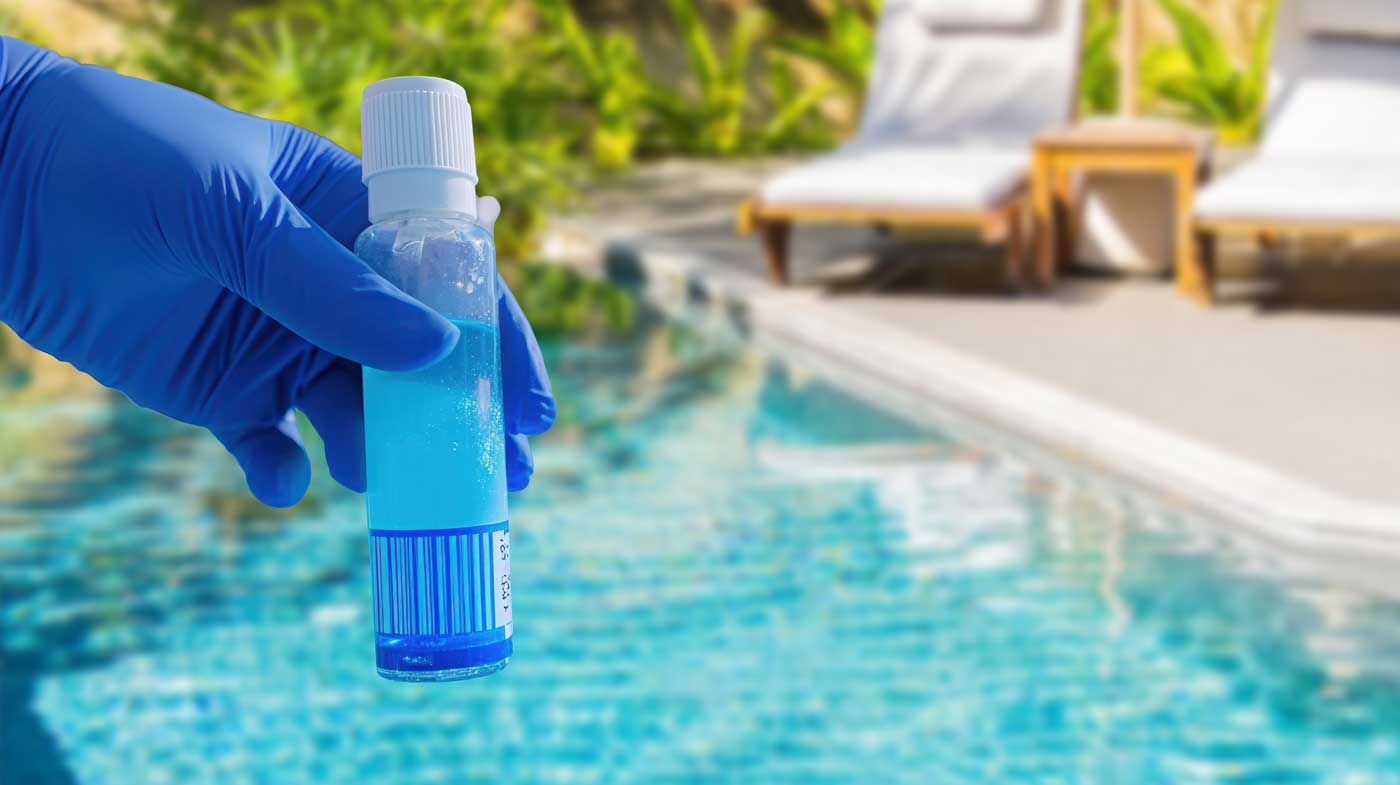Also, warranties can be voided if improper water chemistry is determined to be the reason…
If you choose to utilize a salt chlorine generator for your swimming pool (and we at AutoPilot hope that you do!), one important chemical concentration to maintain is that of salt. If you do not maintain the minimum salt concentration required for your swimming pool, your salt chlorine generator will produce insufficient amounts of chlorine, which will lead to algae and bacteria growth. Conversely, by adding excessive amounts of salt to your swimming pool, you unnecessarily increase your chemical expenses. With all that being said, this article explains how to measure the salt level in your swimming pool so that you can maintain appropriate concentrations.
When it comes to measuring salt levels in your swimming pool, you have a number of methods to choose from. Some methods are more accurate than others, though they are also more expensive. Some popular salt measurement methods include the following:
- Refer to your salt chlorine generator’s digital display: If you own a digital salt chlorine generator, like AutoPilot’s Pool Pilot Digital, you can determine your swimming pool’s salt level by simply looking at the control panel’s readout. Every digital salt chlorine generator is equipped with a method to measure salt levels. Then there are many other manufacturers with digital displays that do not use a sensor, but use a conversion algorithm, based on cell amps, volts, and water temperature – a little more technical, but no sensor is used.
- Manually test your water using salt test strips: If you do not own an AutoPilot Pool Pilot digital salt chlorine generator, you still have several options with regard to measuring your swimming pool’s salt level. There are two methods using test strips, one is a dip and read strip, where you dip the test pad on the end of the strip into the water and pull it out, wait about 20 seconds then compare the color on the strip to the bottle’s color chart. The second uses a vial or small container and about an inch of pool water, where the strip is placed with the lower portion of the strip in the water for no more than 10 minutes, then the change in the strip is read to determine salt level (this is the Aquacheck strip). Again, compare to the chart on the bottle to determine salinity level. You can purchase salt test strips for about $10 online or from any industry retailer.
- Manually test your water using a liquid reagent kit: Liquid reagent kits typically produce more accurate measurements than do test strips, though they are slightly more expensive. Liquid reagent kits can be purchased for about $15. Fill the kit’s vials with samples of swimming pool water and add drops of reagent to them as specified by the kit’s instructions. After you add the reagent, the samples will change color. Compare the colors of the samples to the colors on the kit’s color chart to determine salt water concentration.
- Test your water using a handheld digital test strip reader: Handheld digital test strip readers combine test strips with digital technology. Dip a test strip into your swimming pool and then insert it to the reader. After about 15 seconds, the reader will display several measurements. You can purchase a digital test strip reader for about $60 from your local swimming pool supply store.
- Electronic Meters: Handheld electronic meters allow a quick and accurate method of testing. A pocket or pen style meter operates by turning the meter on, dip the meter tip into the pool and the salinity measurement is shown on the digital display. A little less portable meter lets you put a small sample of water into a reservoir cup, press the test button, and an analog needle swings to the salinity level. These are mostly used by service companies and retail stores who perform multiple tests per day, and tend to be higher priced.
So those are a few ways you can test for the salt level in your swimming pool. Keep in mind that these methods can also be used for your spa! Thanks for reading, and if you have any thoughts or questions, be sure to leave them in the comments section below.


This Post Has 5 Comments